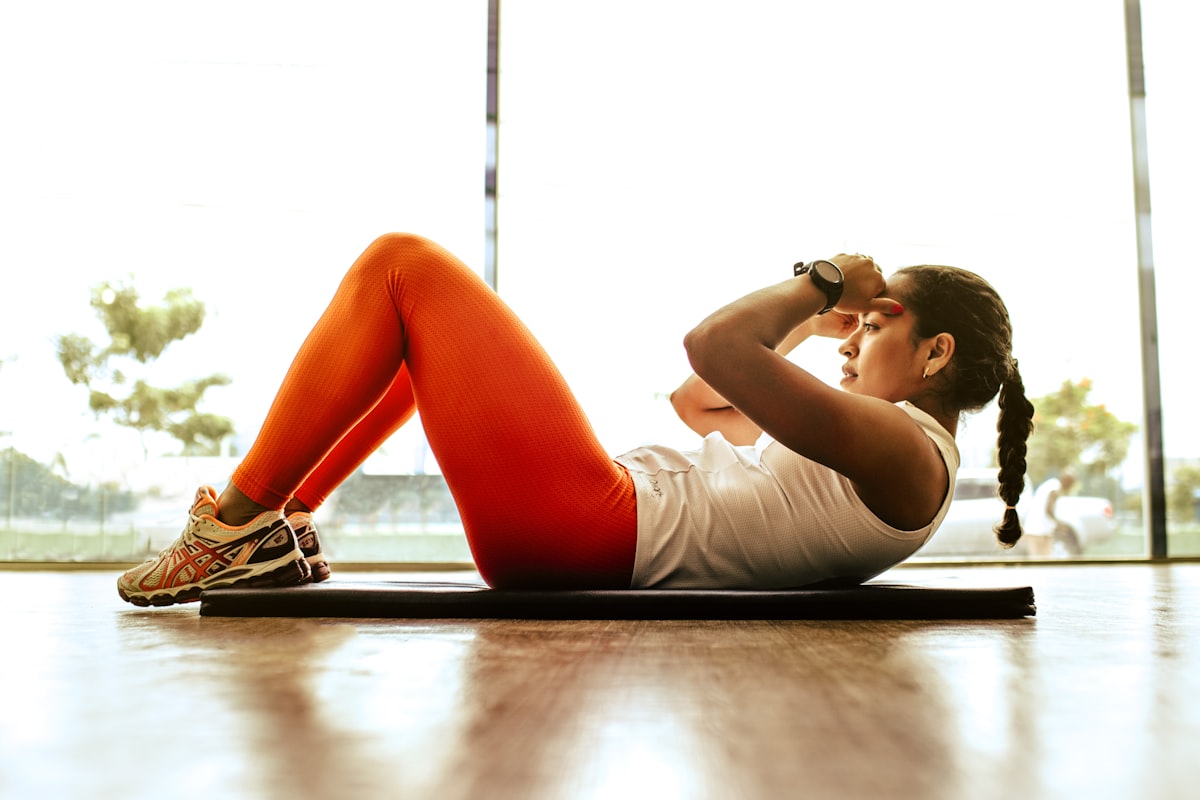Content Summary
There's nothing like the feeling of finally taking the plunge and committing to a regular exercise routine. Whether you're a seasoned veteran or a beginner, it's important to keep in mind certain guidelines that will help reduce the risk of injury and make your workout more enjoyable. From setting realistic goals to wearing proper footwear, read on for nine tips that will help keep you safe and sane while exercising.
1.Set realistic exercise goals. It's easy to get carried away when starting a new workout regimen, but remember to take things slow at first. Gradually increase the frequency and intensity of your workouts to minimize the risk of injury.
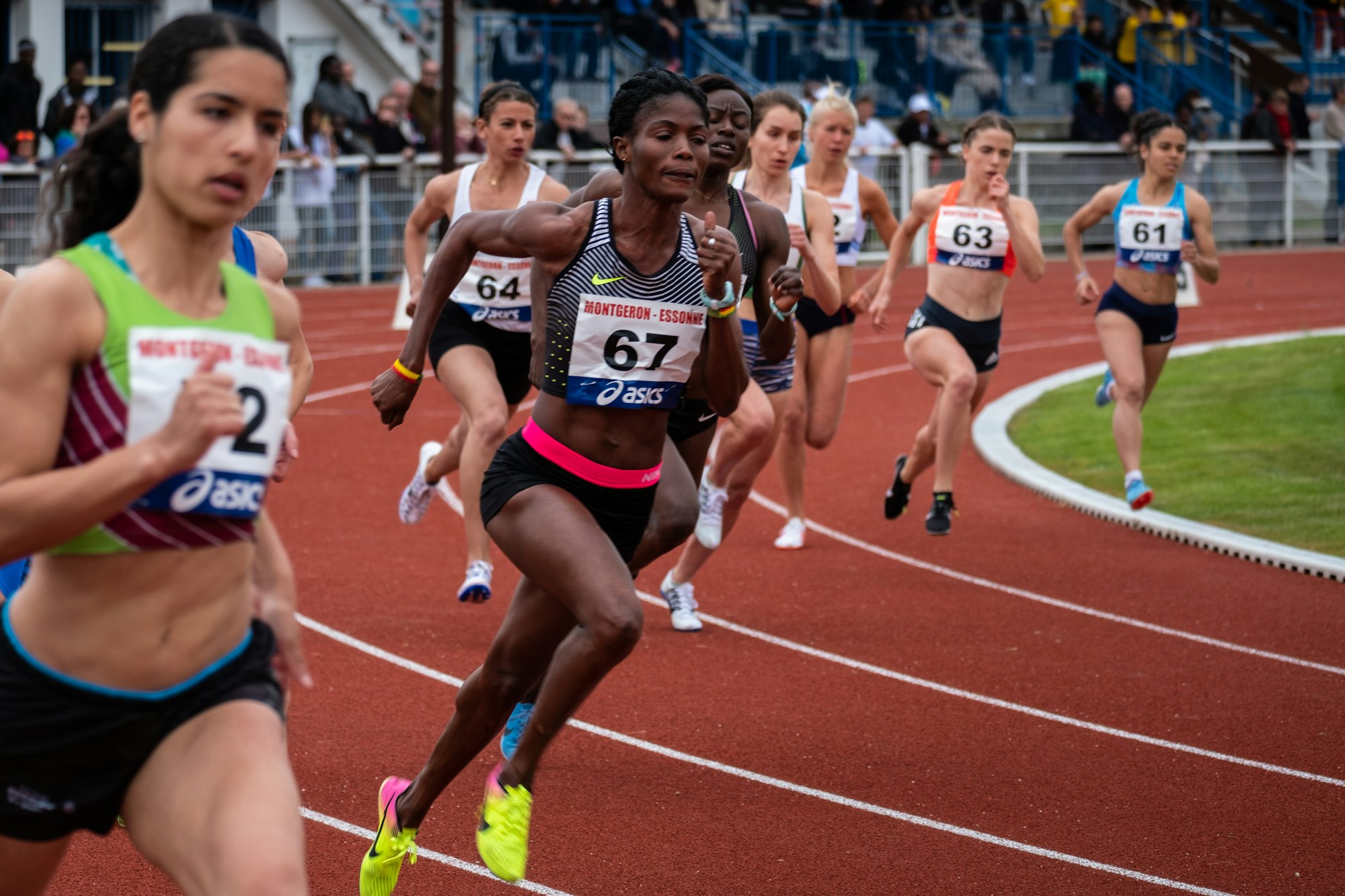
2. Don't forget to warm up. Warming up before Exercise gets your body ready by gradually increasing your heart rate and loosening your muscles. A good warm-up makes your workout more effective and can help prevent injuries. Even if you consider yourself in good shape, start any new exercise at a relatively low intensity and gradually increase your level of exertion over a number of weeks.
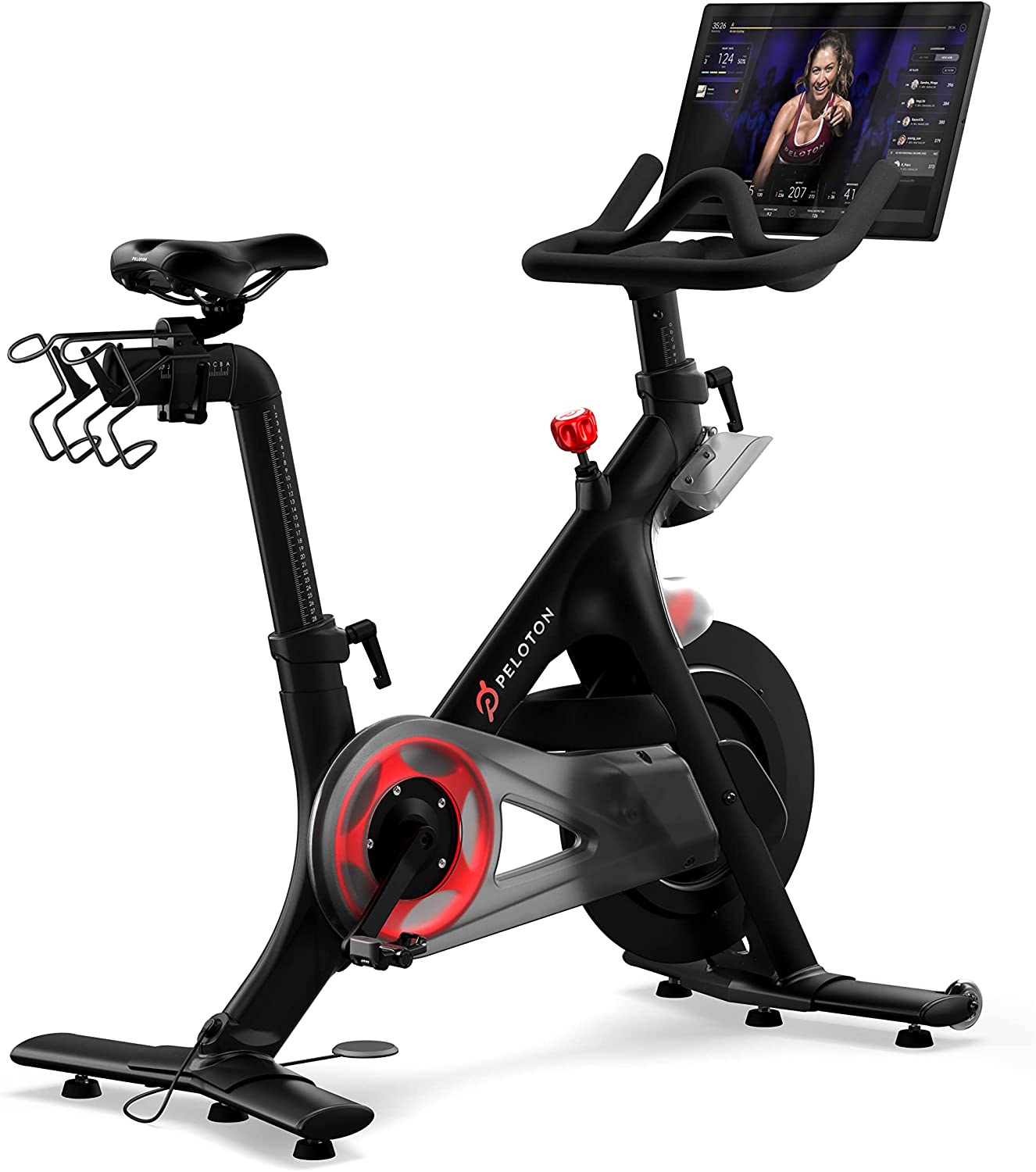
Original Peloton Bike Indoor Stationary Exercise Bike with Immersive 22" HD Touchscreen
While heat buildup may be slower when you exercise in cold weather or in water, you still lose fluid from sweating. Therefore, it's important to replace fluids just as regularly. When you swim or work out in the cold as you do it in the heat.

3. "No pain, no gain" is a myth. Exercise should require some effort, but discomfort isn't necessary. If you experience pain during Exercise, stop what you're doing and consult a doctor or physical therapist to see if you have an underlying condition that needs to be treated.
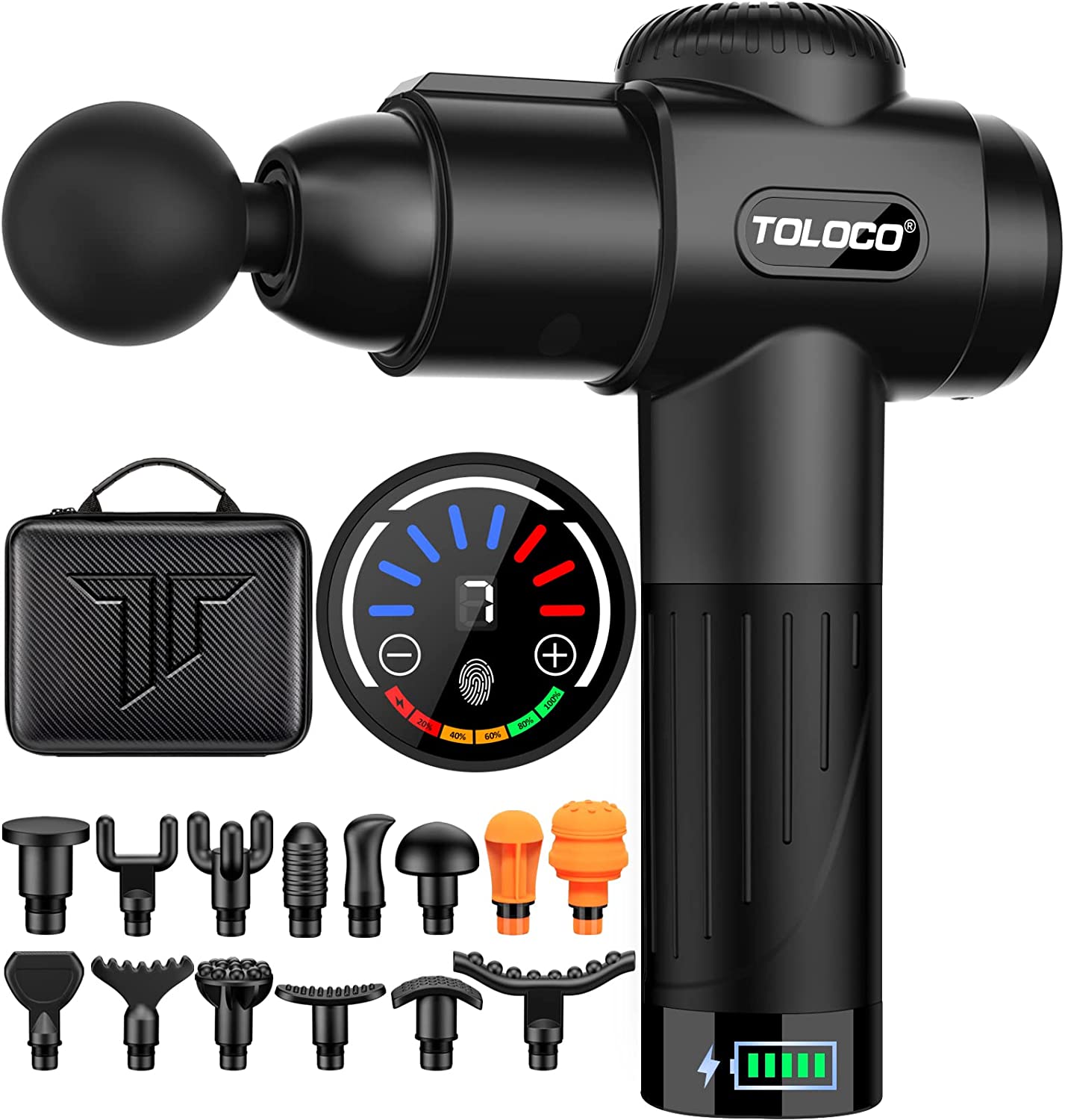
TOLOCO Massage Gun
Percussion Muscle Massage Gun for Athletes Handheld Deep Tissue Massager
General muscle soreness that comes after exercise is another matter: it usually indicates that you are not warming up sufficiently or that you are working too long or too hard. Sore muscles need not make you stop exercising, but they should make you slow down.
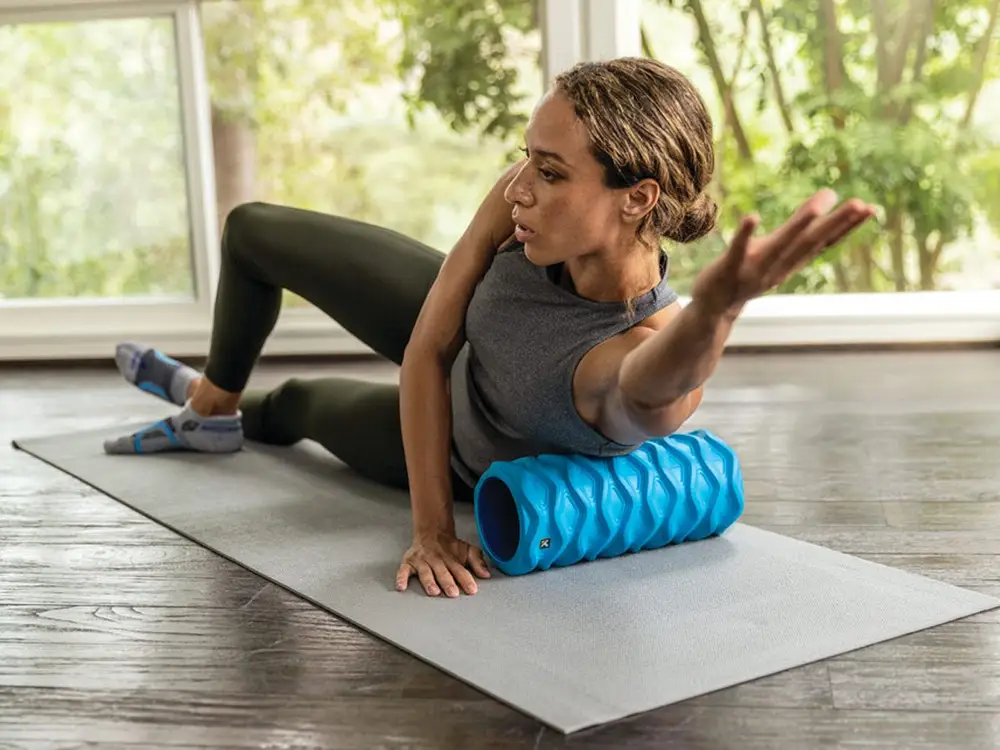
4. Use adequate footwear. Wearing improper or worn-out shoes places added stress on your hips, knees, ankles, and feet. Invest in a good pair of sneakers that provide support and cushioning to reduce the risk of injury.
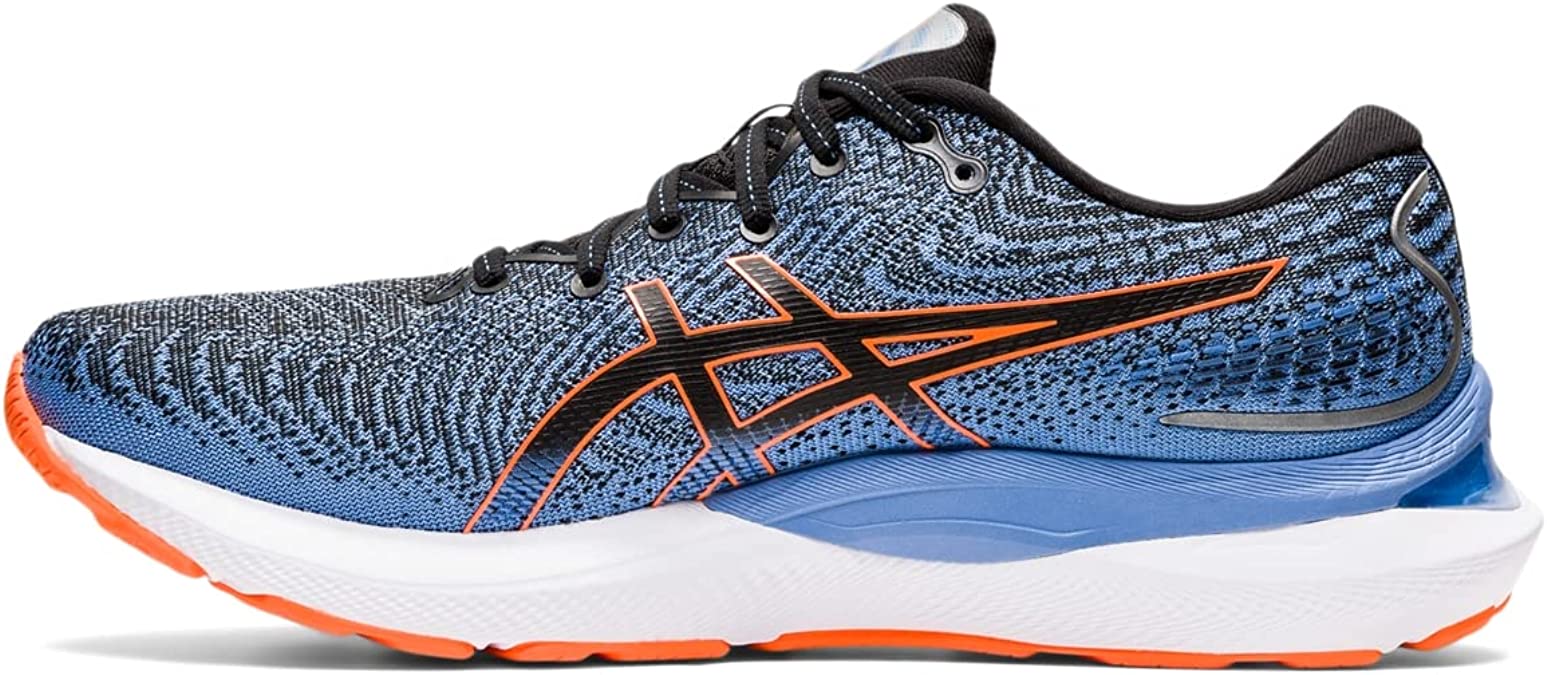
ASICS Men's Gel-Cumulus 24 Running Shoes
FF BLAST cushioning creates lightweight impact absorption and a responsive energy return. Rearfoot and Forefoot GEL Technology Cushioning System. Attenuates shock during impact and toe-off phases, and allows movement in multiple planes as the foot transitions through the gait cycle.
Select shoes suit able for your activity and replace them before they appear worn out; with frequent use, athletic shoes can lose one-third or more of their shock-absorbing ability in a matter of months. Loss of cushioning in the shock-absorbent midsole occurs long before the outer sole or upper shoe shows wear.

5. Control your movements. When strength training, use slow, controlled movements rather than jerking the weights around. This will help prevent strain on your muscles and connective tissues.
Instead, as you move your limbs, keep the muscles contracted and move them as if you are pushing against some resistance for instance, squeezing a beach ball or pushing a weight.
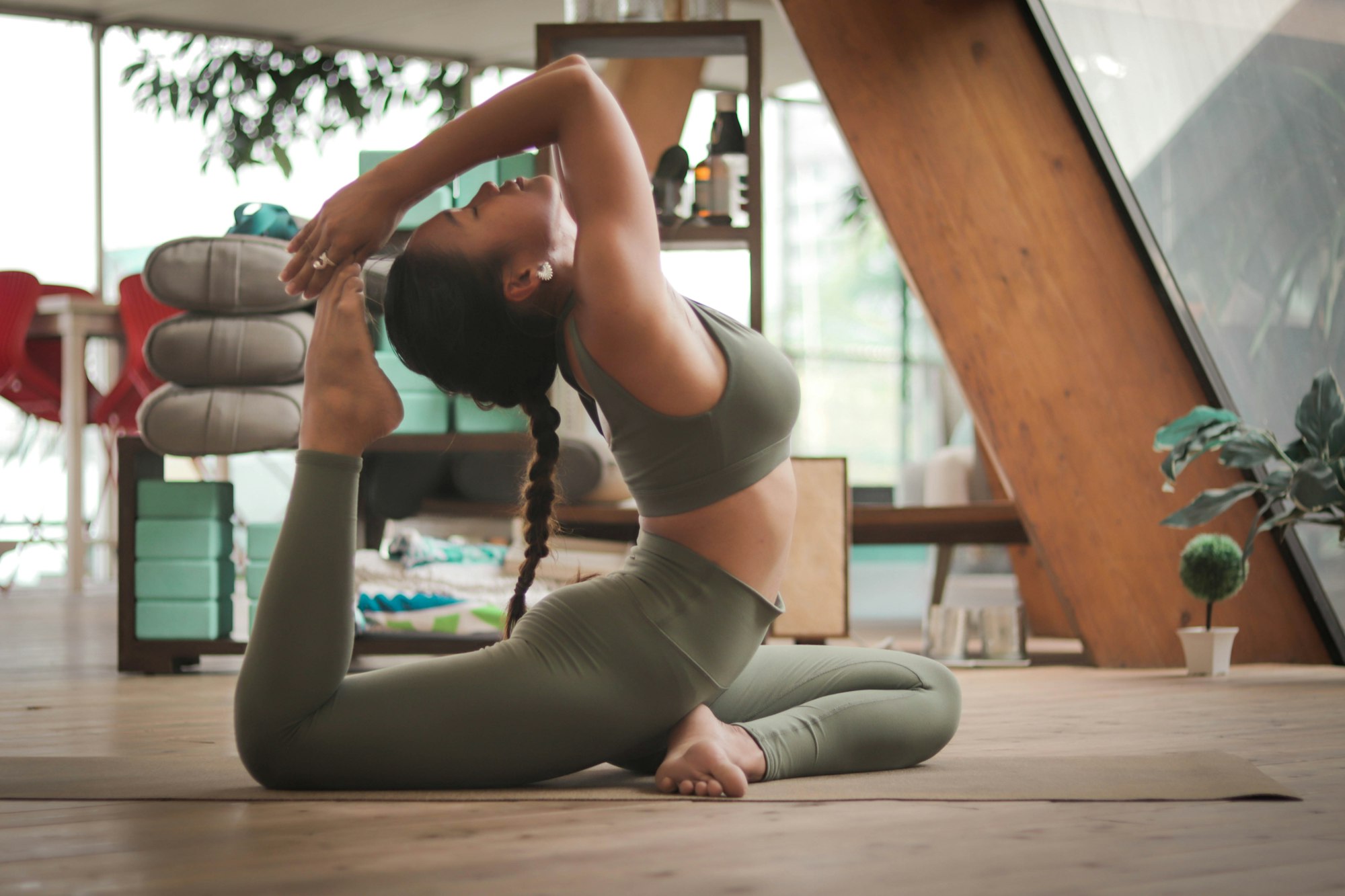
Watch your form and posture. In most activities, stress can result from poor form, whether its landing on the balls of your feet (instead of your heels) when running, or constantly cycling in the highest gears. Keep your back aligned (abdominal muscles contracted, buttocks tucked in, and knees aligned over feet). This is particularly important when jumping or reaching overhead.

6. Breathe properly. Many people hold their breath when exercising, but this can actually increase tension in your muscles and lead to dizziness or lightheadedness. Be sure to breathe deeply and evenly throughout your workout to avoid these issues.
7 . Stay hydrated. Dehydration can cause cramps, headaches, dizziness, and fatigue — all of which can put a damper on your workout routine . Be sure to drink plenty of fluids before , during , and after exercise to stay hydrated . Replace fluids lost through sweating. This is particularly important in hot weather, when you can easily lose more than a quart of water in an hour.

Neglecting to compensate for fluid loss can cause lethargy and nausea, interfering with your performance. Even if you don't feel thirsty, it's important to drink at regular intervals when exercising. (Thirst is satisfied long before you have replenished lost fluids.)

In hot weather, drink at least 16 to 20 ounces of fluid two hours before exercising and another 8 ounces 15 to 30 minutes before beginning. While you exercise, drink 4 to 8ounces every 10 to 20 minutes.
8 . Listen to your body. If you ' re feeling tired , don ' t push yourself too hard . It ' s important to respect your body ' s limits in order to avoid injury.

9 . Have fun! Remember , exercise is supposed to be enjoyable ! Find an activity that you enjoy and stick with it . You're more likely to stick with an exercise routine if you actually enjoy it , so find something that's fun for you .


Thank You for Reading!

